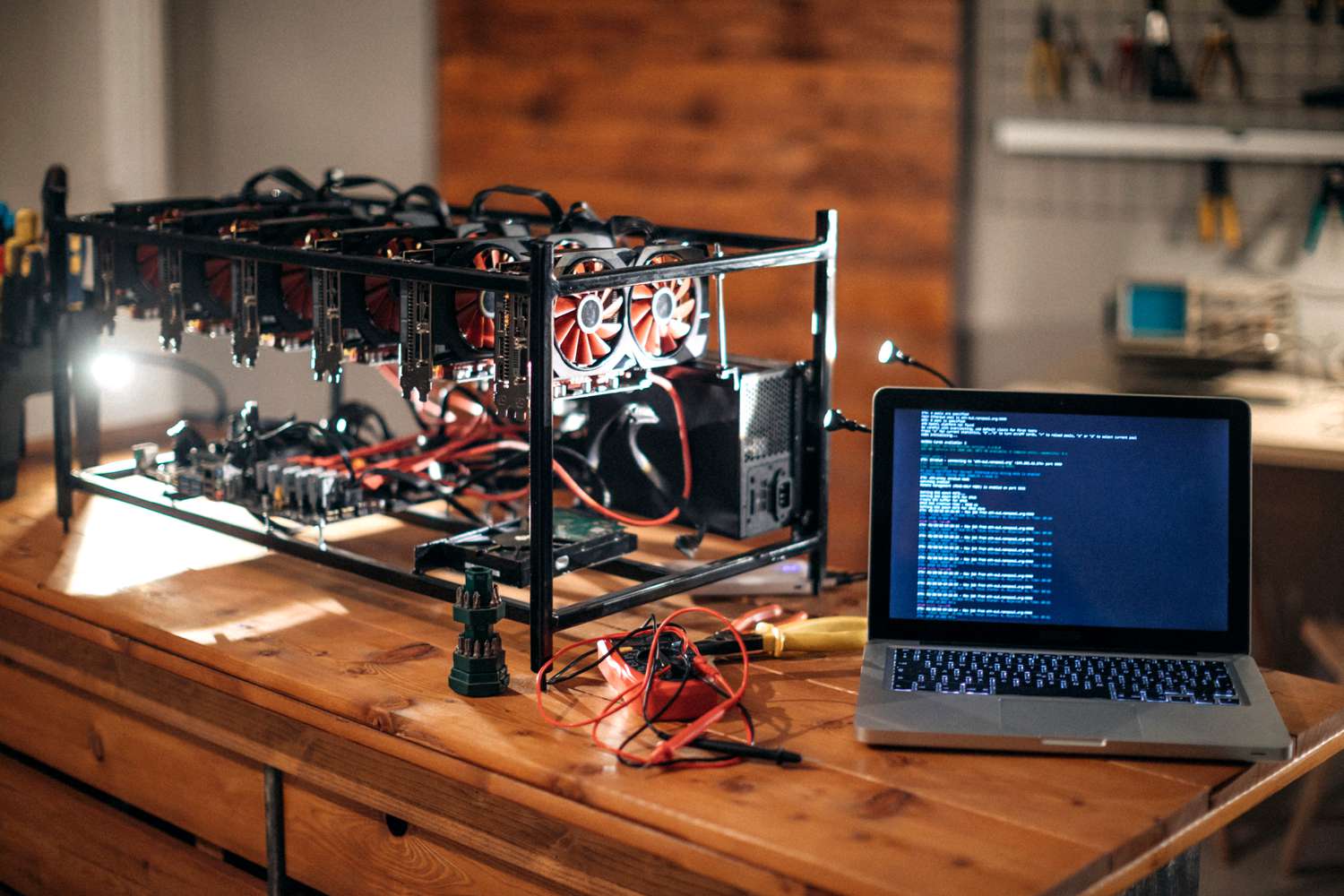Cryptocurrency mining has come a long way since the early days of Bitcoin. What started as a hobby for tech enthusiasts has evolved into an industrial-scale operation with global significance. This evolution not only reflects the growing popularity of cryptocurrencies but also the rapid advancement of mining technology. In this article, we’ll take a closer look at the journey of cryptocurrency mining, from its humble beginnings to the sophisticated industry it is today.
Genesis: Home Computer Mining (2009-2011)
When Bitcoin was introduced in 2009, mining was an activity anyone with a computer and an internet connection could participate in. In the early days, Bitcoin’s creator, Satoshi Nakamoto, mined with a regular CPU. This meant that everyday users could mine and earn Bitcoin rewards by contributing their computational power to the network. As more people joined, the network’s difficulty increased, and soon, mining with CPUs became inefficient.
Transition to GPU Mining (2011-2013)
As the difficulty of mining Bitcoin with CPUs soared, miners started using Graphics Processing Units (GPUs) to enhance their computational power. GPUs proved to be more efficient and capable of handling the complex cryptographic calculations required for mining. This transition allowed miners to continue participating, albeit with more powerful hardware.
The ASIC Revolution (2013-2014)
The real game-changer came in the form of Application-Specific Integrated Circuits (ASICs). These specialized hardware devices were designed solely for mining cryptocurrency. ASIC miners were significantly more powerful and energy-efficient than CPUs and GPUs. They marked a pivotal moment in cryptocurrency mining, with the network’s computational power shifting to those who could afford these advanced devices.
Industrial Mining Farms (2014-Present)
The introduction of ASICs led to the formation of industrial-scale mining operations. These operations involved enormous data centers filled with ASIC miners, often located in regions with cheap electricity to reduce operating costs. China, with its abundance of hydropower, became a hotspot for mining farms. The shift to industrial mining signaled the transition from hobbyist miners to large corporations investing in cryptocurrency.
Mining Pools and Centralization
With increasing competition and the dominance of industrial mining, individual miners faced diminishing returns. To combat this, miners began joining mining pools. Mining pools are collaborative groups where miners combine their computational power and share the rewards proportionally. While mining pools improved the chances of earning rewards, they also raised concerns about centralization, as a few pools began to control a significant portion of the network’s power.
Eco-Friendly Mining (Green Mining)
The environmental impact of cryptocurrency mining has become a topic of discussion. The energy consumption of industrial mining farms, particularly those in regions with coal-powered electricity, raised concerns about carbon footprints. In response, new initiatives aimed at eco-friendly mining have emerged. Some projects are focused on harnessing renewable energy sources, such as solar and wind power, to fuel mining operations.
Ethereum and Proof of Stake (PoS)
While Bitcoin continues to rely on the energy-intensive Proof of Work (PoW) consensus mechanism, other cryptocurrencies are exploring more sustainable alternatives. Ethereum, the second-largest cryptocurrency by market capitalization, is in the process of transitioning from PoW to Proof of Stake (PoS). PoS reduces the energy requirements for securing the network, as it doesn’t involve solving complex mathematical puzzles like PoW. This shift has the potential to reduce the environmental impact of cryptocurrency mining.
Debates and Challenges
The evolution of cryptocurrency mining has not been without its fair share of debates and challenges. Environmental concerns have led to calls for more responsible mining practices. The centralization of mining power in certain regions has sparked discussions about the need for decentralization. Furthermore, questions about the fairness and accessibility of mining continue to be raised as the industry matures.
The Future of Cryptocurrency Mining
The future of cryptocurrency mining is likely to be influenced by technological advancements, regulatory changes, and a growing emphasis on sustainability. The industry will continue to adapt to new challenges and opportunities, with a focus on reducing environmental impact and ensuring wider participation. Whether it’s through innovative mining algorithms, green technologies, or decentralized networks, the evolution of cryptocurrency mining is far from over.
In conclusion, cryptocurrency mining has undergone a remarkable evolution, from individual hobbyists mining on home computers to large-scale industrial operations. As the industry continues to grow, it faces challenges related to environmental sustainability, centralization, and fairness. The future of mining will be shaped by advancements in technology and a commitment to addressing these challenges for a more inclusive and sustainable cryptocurrency ecosystem.
